Santa Muerte Visibility
My research focuses on Mexican female sex workers’ Santa Muerte veneration. Why does Mexico’s underclass embrace this skeletal female figure as patron saint? How did this religion spread from Mexico City to the Borderlands? To US? One important aspect about the Santa Muerte religion is the way it emulates Catholicism. Devotees attend mass, pray, and worship other Catholic deities and Jesus Christ. Why does the Catholic Church condemn Santa Muerte Devotion as blasphemous? These questions are addressed in my final paper, but it is important to highlight the transnational aspects of this religion. The commercialization and migration route of La Santa furthers the spiritual (private) worship of this Saint, which has evolved into religious (public) worship. It is through this migration that the new Santa Muerte religion has captivated the minds of U.S. law enforcement, scholars, and magazine publishers.
Meanings and Cultural Significance
La Santa Muerte signifies liberation for Mexico’s poor. She has become a symbol of equality for the people who live in danger zones, such as the Borderlands. In the documentary Whore’s Glory, female sex workers obtain protection from violence and harassment through Saint Death’s intervention. She has the power to enact revenge onto those who do harm. Through verbal invocations of magic prayers, men and women seeking her favor make physical material offerings. Some believe that Santa Muerte originated as an underground hybrid religion that incorporated Pre-Hispanic Gods and Spanish elements. In particular the skeletal aspect of the image of Saint Death is reminiscent of the Aztec Mictlantecuhtli, God of the Dead. Her role in love magic was imported from Spain, where “sorceresses” would use the “power of words” to seduce men into marriage; only through marriage could a Spanish woman gain value in society. Because of the Catholic Church’s active pursuit of religious “others” during colonial times, there was no freedom to practice Native and alternate spiritualities publicly. The new revival of Santa Muerte cult incorporates spiritual elements from African and Pre-Hispanic religions. Santa Muerte emerged from the impoverished crime streets of Mexico City’s urban ghetto El Barrio de Tepito. This impoverished neighborhood is synonymous with Mexico City’s black market of drugs and counterfeit goods. It is recognized that it was here that a woman decided to make her worship of La Santa public by making a shrine outside her home. The enduring religion continues to grow, despite condemnation by the Mexican Catholic Church. The feminine characteristics of La Santa, reshape Mexican female identity as not a passive motherhood, but an active livelihood in search of survival.
U.S. Criminilization-Reinforces Mexican Government
Because of the increased public visibility of La Santa Muerte, through commercialization and migration there seems to be an accompanying social anxiety by U.S. and Mexican Law Enforcement in attaching murder as an influence of the cult. The Mexican Government declared a war against La Santa by ordering soldiers to destroy public shrines along U.S.-Mexico border. In characterizing a social profile for drug traffickers, U.S. law enforcement has portrayed Santa Muerte worship as criminally affiliated. The U.S. media has helped publicize this figure as dangerous and anti-Christian through various news articles that link Santa Muerte and criminal intent with Mexican followership. The FBI Law Enforcement Bulletin features “Santa Muerte: Inspired and Ritualistic Killings” by Robert J. Bunker, Ph.D. , a report on the potential influences of the religious cult on the illegal drug trade murders (Bunker, 2013). The implications of this report for Santa Muerte followers in the U.S. are clearly in alignment with those of the Mexican government and Catholic Church. Because the Santa Muerte religion is not organized and lacks a central leader, it becomes an easy target for Mexican and US authorities. Government leaders and officials use Santa Muerte as a way to ignore structural issues responsible for the thousands of Mexican killings and deaths.
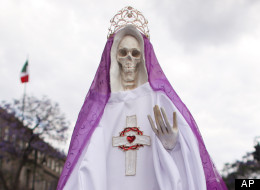
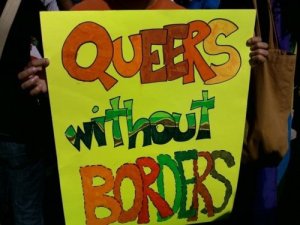

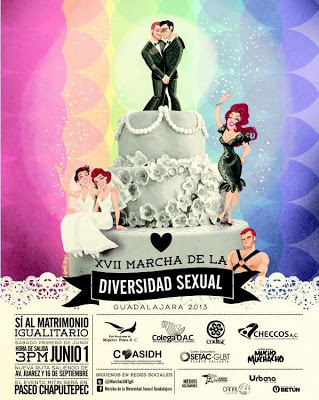

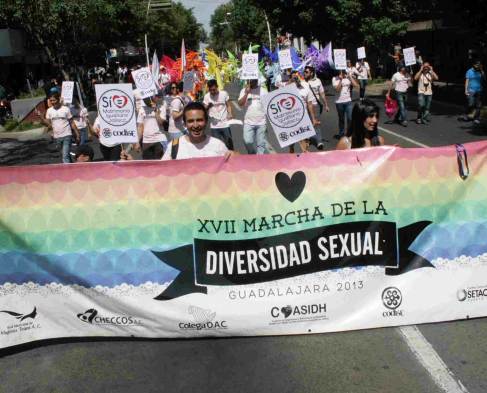
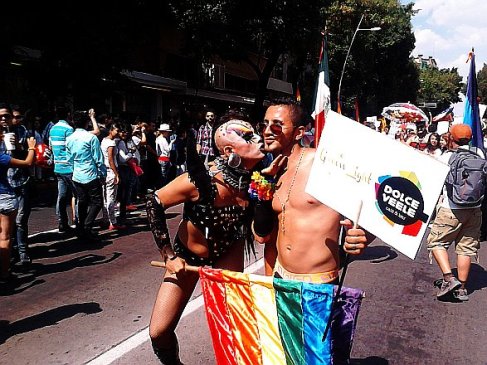


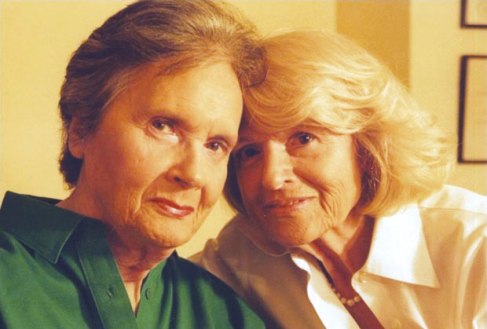
You must be logged in to post a comment.